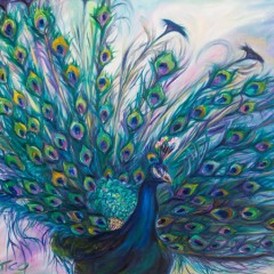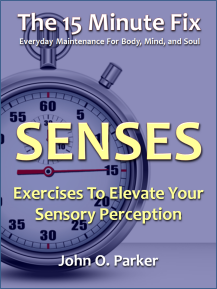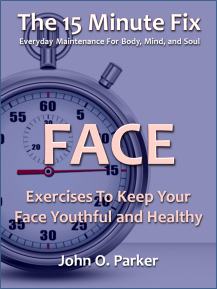 "The Eyes Have It! Tetrachromat Artist Concetta" ConcettaAntico.com
"The Eyes Have It! Tetrachromat Artist Concetta" ConcettaAntico.com This recent article in Popular Science about tetrachromacy - having four channels for conveying color to the brain rather than the usual three - really got me thinking about the vast potential for tapping into the plasticity of the brain. Tetrachromacy is a rare genetic condition to begin with, but taking advantage of it is rarer still, because tetrachromats’ brains are wired to interpret vision through three color receptors - the same way as everyone else. What researchers have found however, is that with training, a tetrachromat can teach their brain to use the fourth color receptor to see an exponentially greater range of color.
The article profiles Concetta Antico, who is a tetrachromat and, as a lifelong artist, has naturally trained her brain to use this fourth receptor. As a result, she “can process more than 100 million colors compared to the average person who processes only 100,000 to one million.” Although it sounds hard to believe, Ms. Antico’s tetrachromat ability has been confirmed in a study by Kimberly Jameson, a cognitive scientist at the Institute for Mathematical Behavioral Sciences at the University of California in Irvine and Alissa Winkler at the University of Nevada in Reno. They are also principal members of The Human Tetrachromacy Research Collaborative, an excellent resource on tetrachromacy.
The article profiles Concetta Antico, who is a tetrachromat and, as a lifelong artist, has naturally trained her brain to use this fourth receptor. As a result, she “can process more than 100 million colors compared to the average person who processes only 100,000 to one million.” Although it sounds hard to believe, Ms. Antico’s tetrachromat ability has been confirmed in a study by Kimberly Jameson, a cognitive scientist at the Institute for Mathematical Behavioral Sciences at the University of California in Irvine and Alissa Winkler at the University of Nevada in Reno. They are also principal members of The Human Tetrachromacy Research Collaborative, an excellent resource on tetrachromacy.
| Although Ms. Antico’s gift is enviable, no amount of training will allow you to see color the way she does if you don’t have a fourth color receptor. Nevertheless, her case also highlights the potential to improve one’s ability to see by training the brain to better interpret the data sent to it by the eyes. We may not all have an untapped channel of data, but neither do most of us optimally process all of the information the eyes are taking in. Remember, exercising your eyes is, to a large extent, about training your brain. Ms. Antico herself is trying to use her gift and her understanding of how she has trained her brain, to help people at the other end of the “spectrum” - those with color blindness - teach their brains to interpret color. |
One final thought: The 15 Minute Fix: VISION does not focus much on training the eyes to better interpret color. Having read this article and the research, I’m excited to explore this area to find specific exercises for a future edition that might improve one’s ability to distinguish between colors, see greater depth of color, and to identify subtleties of color. Meanwhile, if you want to experiment with improving your ability to see color, I would suggest adapting the following exercises from VISION:
I have never been great with color myself, so I’m really excited to play around with this. I’ll share what I find.
Age well my friends….
- 8. Visualization - focusing on a color rather than an object,
- 33. Round and Round - use paint chips (like these Pantone color cards) instead of letters and try to work through the rainbow (if using a full range of colors) or from light to dark (if using different shades of the same color), and
- 39. Colored Dot Drill - make the colors more similar so that they are harder to tell apart.
I have never been great with color myself, so I’m really excited to play around with this. I’ll share what I find.
Age well my friends….





